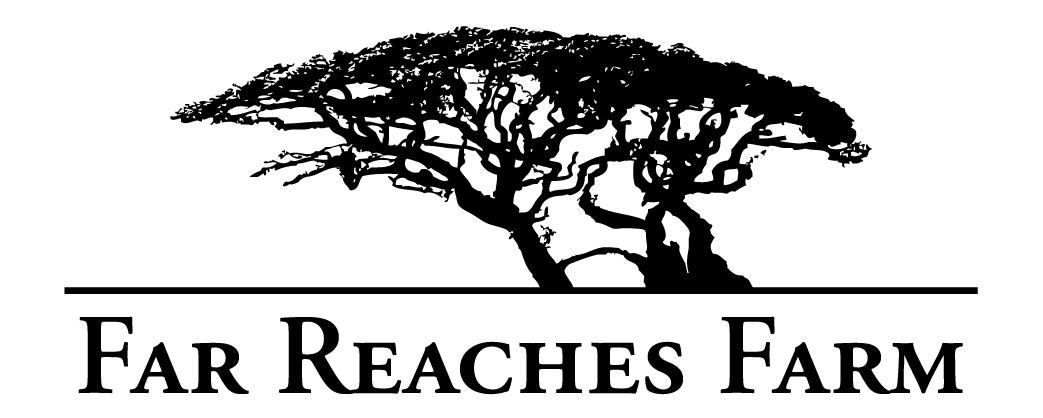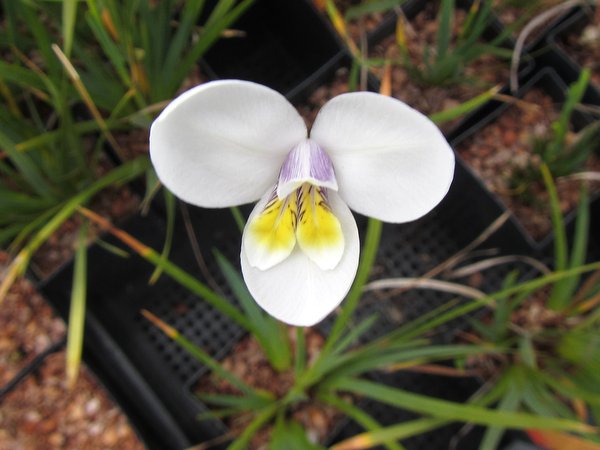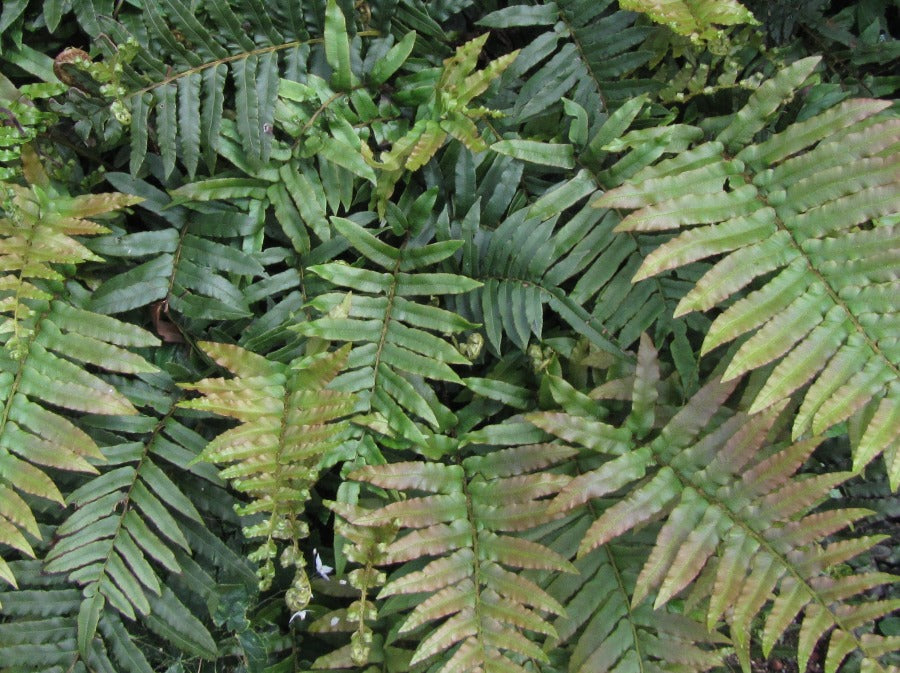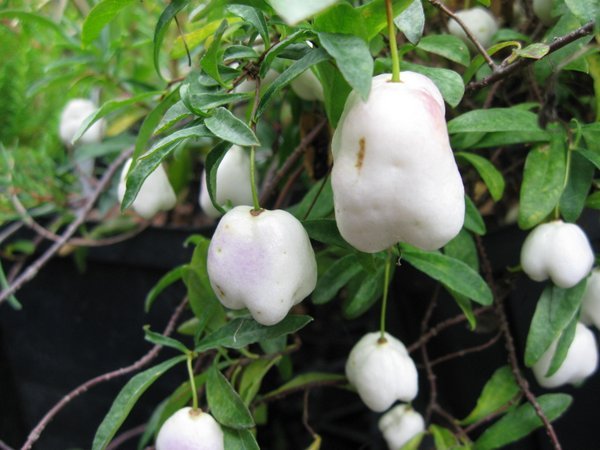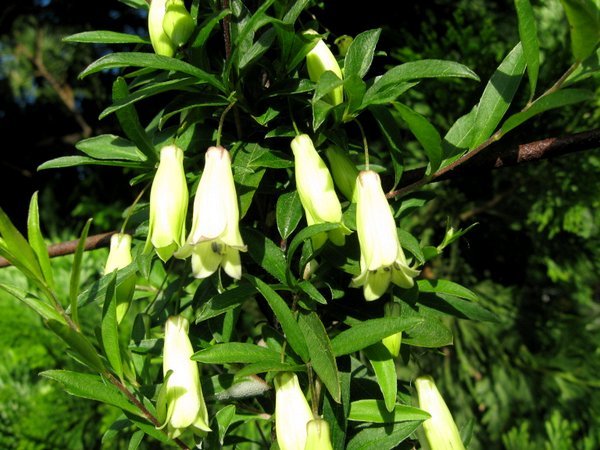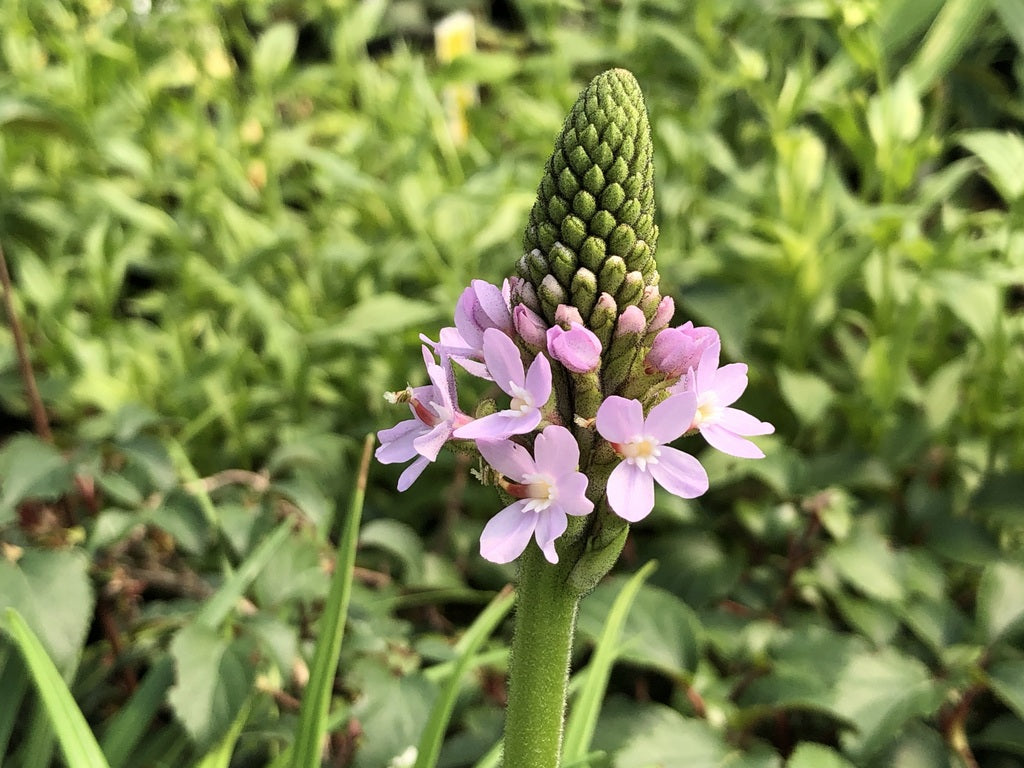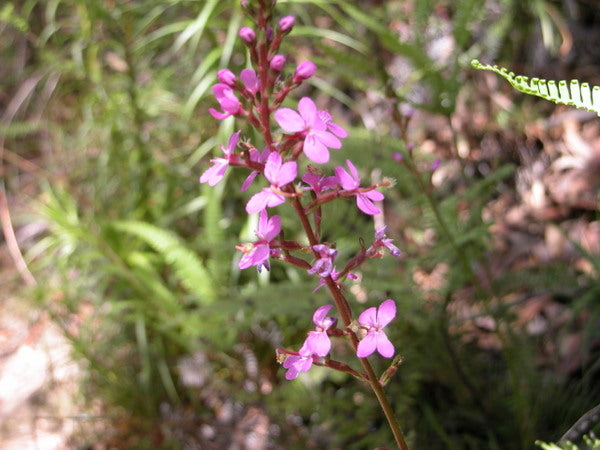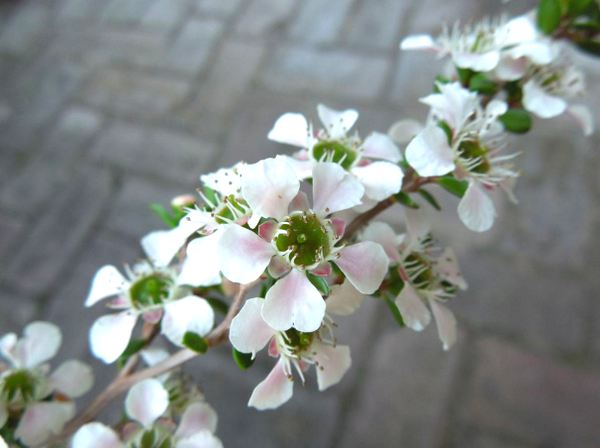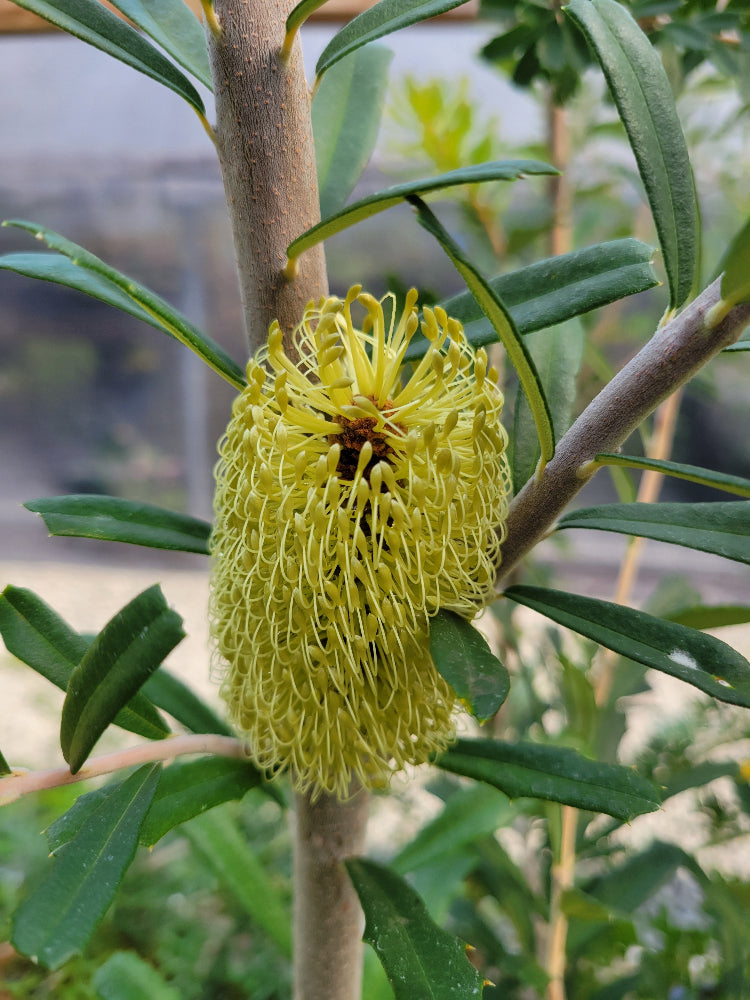Sort by:
19 products
19 products
Waratah. This evergreen shrub in the Proteaceae hails from Tasmania and is a showstopper. Telopea is from the Greek telopos meaning “seen from afar” which perfectly describes the magnificent clustered red flowers quite unlike anything else we can grow here in the PNW and which are produced at the ends of gently ferruginous and leafy twigs. We were highly reluctant to chance planting out this hard-to-come-by beauty as we were quite sure our winter weather forays into 10F would be a terminal adventure. Were we ever wrong! It has come through the last 6 winters without a whimper and only a few nominal bits of leaf damage from the January 2025 Great Winnowing epic plunge. And deer resistant as if it needs further accolades – we have resolved to never garden without it. Sensitive to higher levels of phosphorous so go low in your NPK ratio. Some shade in hot sun areas.
Typically a white-flowered Tasmanian native evergreen tree, this pink version was found in 1984 by Ken Gillanders. Must have been jaw-dropping as the plant was 65' tall although the tallest in cultivation is perhaps 25'. Serious authorities have it hardy zones 7-10 but we'll say Z 8-10 and best sheltered from freezing/drying wind. Bees love this adding kinetic beauty plus the species accounts for the majority of honey production in Tasmania. These are small cutting grown trees.
Proteaceae is a family of plant royalty with a loyal following, and for good reason the flowers of the group are often some of the most spectacularly otherworldly and botanically intricate of any in the plant kingdom. Unfortunately we here in the PNW are limited to a few choice species in an even choicer few genera. Generally this isn't thought to include the radical "cone"-bearing Aussie group Banksia though if ever there was a species to be tried here this is the one. We have heard rumors of successful specimens in Seattle and some of the coastal-est climes of the region. For those in the Bay just buy it and revel in the stamen-loaded goodness while we weep with envy. A sheltered sunny spot with as much heat as you can muster, with decent drainage and no phosphorous will give you the best chances.
